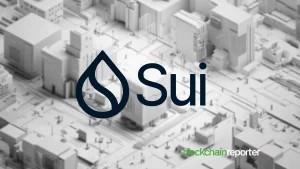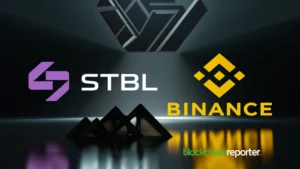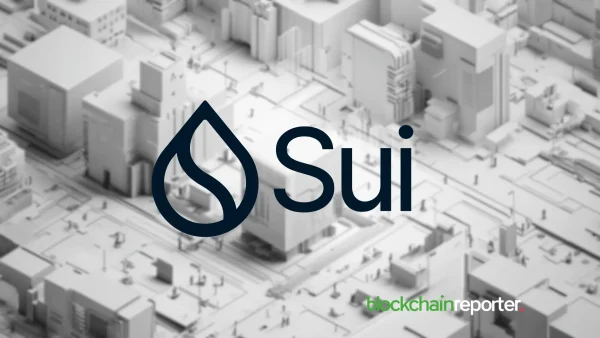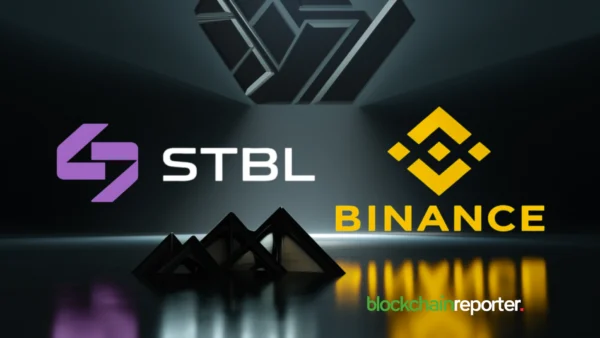
The popularity and success of dApps and blockchain systems for crypto transactions are undeniable. Many fans are keen to use and invest in the best tools to take advantage of this market. Smart developers can tap into this with the next big thing.
If this has you keen to get involved in dApps, but you are a novice, where should you start? Here you will find some crucial steps for dApps development and tool recommendations. First, let’s start at the beginning.
Understanding dApps
A dApp uses Web3 data and a decentralized system to provide a blockchain service for users. The decentralized approach comes from using a P2P network rather than a single computer, which means no centralized cloud-based storage. They are popular because of how the data is handled and how they help with transactions across the apps.
Building the perfect dApp also means understanding the structure of these decentralized systems. It would be best if you created an effective front-end interface to communicate with the blockchain smart contract, Web3 backend server, and others. Strong communication with the smart contract is a must, as this has the equivalent of the app code. This will handle vital tasks like collecting and distributing currency. Then you have the backend server to carry information from the chain and pass it on.
How To Work Through dApps Development With Ease
1) Decide What To Make.
You can’t start building without a clear idea of what you want. More importantly, it has to be something other people want to invest in and eventually purchase. The best dApps are there that solve a problem and make life easier. Typically, the best Web3-based dApps fall within music, social media, currency, and gaming categories. But, you can go niche within those areas and look at problems with current providers.
2) Figure Out How To Get Funding.
It can be costly to make your own dApp from nothing. Rather than choose essential tools and solutions to work within your meager budget, consider campaigning for funds. Eventually, you will get the investment you need to cover later costs. For now, you just need the backing to get started with research and development. You could try an ICO fundraiser.
3) Carry Out As Much Research As You Can.
Research is essential, and it is better to question everything rather than assume you have the right idea.
To start, you should carefully research your tech and staffing options to find what is best for your needs. Which platforms and tools best suit your needs and level of experience? Compare the pros and cons, and don’t forget to consider costs. Don’t just dive in.
4) Get The Right Team Together
Building your first dApp as a beginner isn’t easy. It is near impossible alone if you lack the knowledge and skills to get started. A great place to start if you have a limited development team is outsourcing. These skilled pros can help you keep the project on target, deliver results, and maybe even highlight unseen issues.
5) Get Your Prototype Together
After all that careful research and development, you should be able to build a solid prototype. This won’t be sophisticated or clean enough to resemble the final polished product. But, there should be enough functionality to show what is possible and determine the app’s appeal and worth.
6) Talk To Potential Users And Investors
Next, you should take the prototype to people outside your current bubble. Carry out market research with potential users and meet with possible investors. If they say yes, you can move forward with a final version. If they aren’t sure, you can make adjustments without wasting too much time in the development phase.
Also, it helps to create a whitepaper for your presentation. This should show the long-term aims and 5-year plan for the app. This can help prove your professionalism and give investors the confidence to sign up.
7) Design Your MVP
With the green light to continue, you now have the chance to polish up the app and create a create MVP design. This front-end design needs to be user-friendly, with all the right tools, accessibility, and programming language.
Helpful Tools For Beginner Web3 Developers
As a beginner working with dApp development and Web3 data, it helps to have the very best tools for building those prototypes and final designs. These options can help a lot.
1) Solidity
Solidity is the best programming language for your app. This will allow for better communication between the smart contracts and the rest of the blockchain, allowing for a smooth decentralized process. A bonus here for beginners is that it isn’t unlike JavaScript.
2) Ganache
A big part of the research and development phase is testing. You need a personal blockchain for local testing of the smart contract. Many users like Ganache for this purpose because it is streamlined with simple commands.
3) MetaMask
Another must for testing dApps is to have a way of testing the transactions without using real crypto. That is where MetaMask comes in. You can use its dummy Ethers to go through multiple tests for greater peace of mind.
Working with dApps and Web3 data is facilitated by a tool for simple data queries. Querying data on the blockchain doesn’t have to be complicated when you work with PARSIQ’s Tsunami API to gain real-time and historical data in seconds.
PARSIQ’s Data Lakes will allow a novice developer to access not the entire array of Web3 data but only those he needs for business & logic requirements.
Effective dApps Development Is Possible With The Right Strategy And Tools
As with any significant project or dilemma, it becomes more apparent when you break it down into manageable tasks and use time-saving tools and expert help. Take your time to understand precisely what you want from your app, work through the strategy above, and take advantage of skilled professions and helpful programs.









